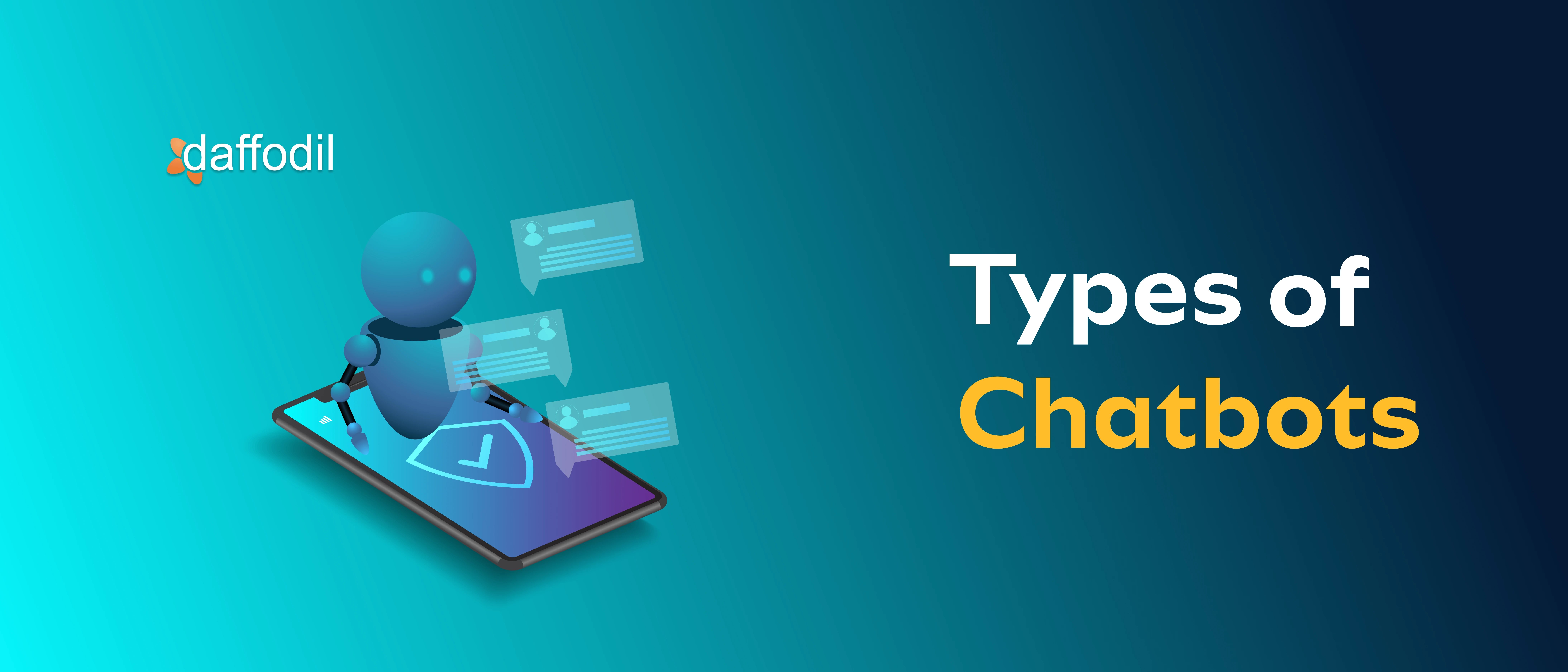
The introduction of chatbots revolutionized customer and brand interaction. With the ability to mimic conversations and offer instant, digital connection, chatbots made their way into businesses like a wildfire. In fact, Gartner predicts that more than 50% of enterprises will spend more annually on bots and chatbot creation than traditional mobile app development.
Businesses, irrespective of the industry are making the most out of chatbots. While chatbots act as a 24x7 customer service agent for one business, it may help another by providing data points to predict user behaviour. Thus, a chatbot programming, technology, and type depend a lot upon the customer base it is going to serve. The latter segment discusses different types of chatbots that can be developed to simplify the way businesses interact with customers.
Chatbot Spectrum: Types and Use Cases
Type 1: Scripted/Quick Reply Bots
A scripted chatbot, as the name suggests, is one whos interaction with the end customer happens through a pre-defined knowledge base and technical capabilities that can aptly respond only to specific instructions. In that case, the queries must be aligned with the language programmed in the bot.
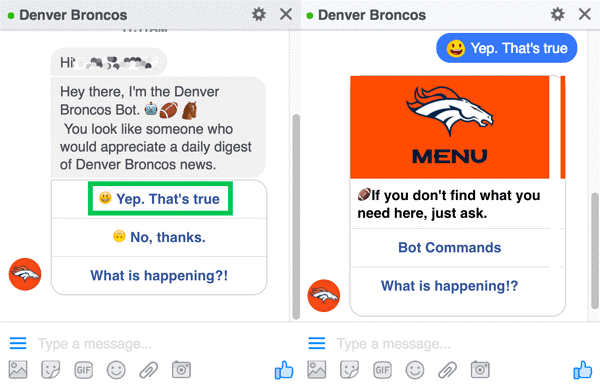
Type 2: NLP Chatbots
Chatbots, in general, are counted as one of the biggest applications of Artificial Intelligence (AI). At its core, it utilizes an AI technology- Natural Language Processing (NLP) to map user input (text or voice) to an intent. NLP chatbots classify the messages and then language parsing is done to get variables for an answer.

Type 3: Service/Action Chatbots
Service chatbots ask for relevant info from the user to complete their request or take a specific action. This chatbot is heavily used in the airline industry. It helps customers check flight booking, cost of reserving the flights and check the statuses as well.

Type 4: Social Messaging Chatbots
These chatbots are integrated within a social messaging platform (Messenger, Telegram, Whatsapp, Slack, etc.), making it easy for customers to directly interact with the bot, just like they do with their friends. If you schedule Instagram posts with a social media scheduler corporated with chatbots in it, you can easily ace more engagement for your brand.
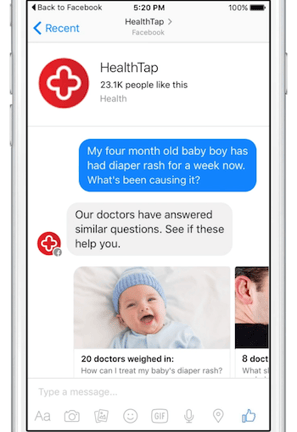
Type 5: Context Enabled Chatbots
Contextual chatbots are the most advanced kind of conversational bots. They utilize Machine Learning and Artificial Intelligence to remember conversations that happened in the past, with specific users, to learn and grow over time. These chatbots learn with their experiences with the user. Siri, Alexa, Google Assistant are some of the examples of contextual chatbots.
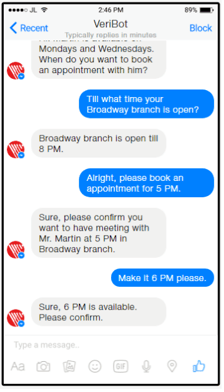
Type 6: Voice Enabled Chatbots
Voice enabled chatbots like Alexa, Siri creates personalized experience for the users. These chatbots accept user inputs through voice, act upon user request, answer their queries, and perform a number of creative tasks. Businesses can create their own voice-activated chatbot by using text-to-speech (TTS) and voice recognition APIs.
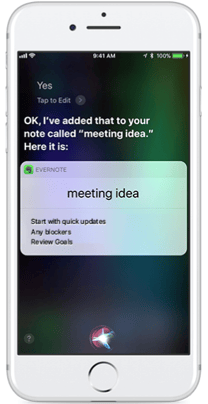
Type 7: Hybrid AI Chatbots
Hybrid AI chatbots combine artificial intelligence capabilities with human intervention. When the chatbot encounters a query it cannot handle, it seamlessly transfers the conversation to a human agent. This approach ensures that users receive personalized and accurate responses, combining the efficiency of AI with the empathy and understanding of human agents. For instance, Zendesk's chatbot solution integrates hybrid AI chatbots with human agents.
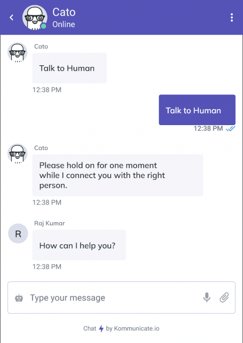
ALSO READ: Best Practices to Launch Customer Service Chatbot for your Business
Planning to Build a Chatbot for your Business?
Chatbots leverage chat mediums, such as SMS text, website chat windows, social media (Twitter, Facebook), or instant messaging platforms (Whatsapp, Wechat, Messenger) to receive and respond to the messages. Choosing the right type of chatbot and platform for your business depends upon a number of factors, which may range from business size, customer base to purpose of deploying a chatbot.
For chatbot development, you can go for off-the-shelf bots like wit.ai, Chatfuel, api.ai. While these tools works well for basic customer engagement requirements, they do have limitations when over-the-top functionalities are to be integrated within chatbots. In such cases, the recommendation is to opt for custom chatbot development services.






